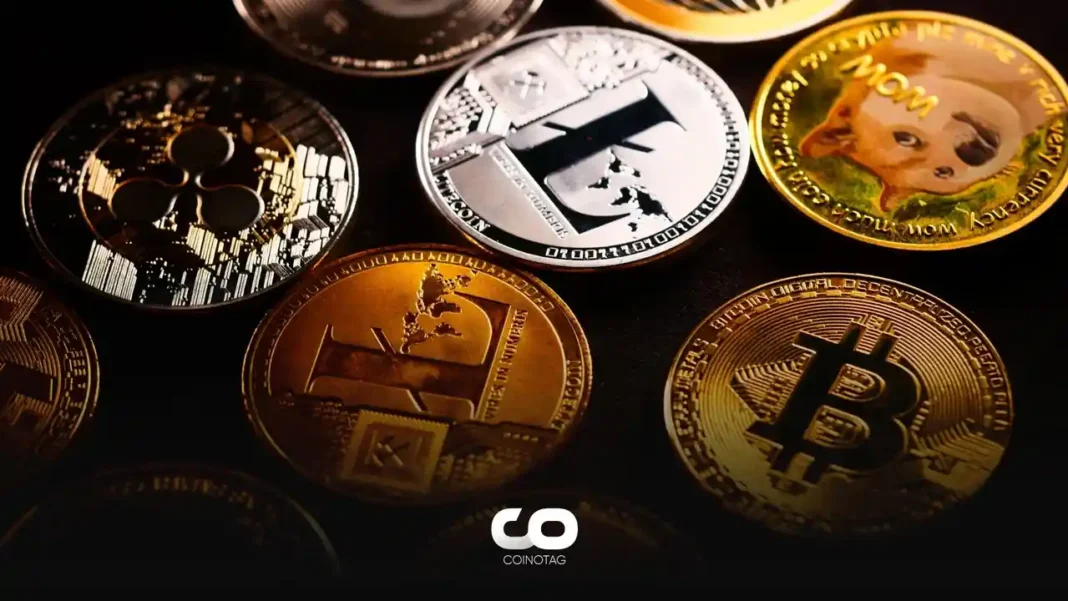- Exploring the real value of Bitcoin in the face of U.S. inflation reveals a target beyond its nominal peak.
- Considering the inflation-adjusted figures, Bitcoin’s true challenge lies well above its previous high of $69,044.
- “All-time highs are measured in nominal terms, but real value adjustments tell a more compelling story,” explains economist David Waugh.
As Bitcoin aspires to reclaim its peak, analyzing its value against the backdrop of inflation offers a fresh perspective on its real all-time high.
Reassessing Bitcoin’s Peak: A Look at Inflation’s Impact
Amidst the excitement of Bitcoin’s price movements, a significant conversation unfolds around its inflation-adjusted value. With the U.S. economy experiencing varying inflation rates since November 2021, the Consumer Price Index (CPI) suggests a new target for Bitcoin’s all-time high, potentially around $75,000. This recalibration considers the changing purchasing power and offers a nuanced understanding of Bitcoin’s value in today’s economy.
The Role of Inflation and Supply Dynamics
The interplay between inflation and Bitcoin’s limited supply underscores the cryptocurrency’s appeal as an inflation hedge. Despite the bear market and a substantial price decline from its peak, Bitcoin’s supply has only grown by 3.8 percent since December 2021. This slow supply growth, juxtaposed with the U.S. inflation rates of 4% to 8%, amplifies the discussion around Bitcoin as a store of value amidst inflationary pressures.
Bitcoin Halving and the Inflation Debate
The upcoming Bitcoin halving event adds another layer of complexity to the inflation debate. By reducing the miners’ reward by half, this event has historically influenced Bitcoin’s price, sparking speculation about its future impact. The halving is a critical element in the conversation about Bitcoin’s value proposition as an inflation hedge and its potential to achieve new heights in a shifting economic landscape.
Market Dynamics and Bitcoin’s Future
David Waugh points to the influence of Spot Bitcoin ETFs and the development of layer-2 solutions as key factors driving Bitcoin’s adoption and, consequently, its price. The integration of Bitcoin into ETF portfolios and consumer-facing products not only enhances its utility but also fosters a broader acceptance across financial markets. This trend, coupled with innovative applications in payments and fintech, positions Bitcoin for significant growth in the near future.
Conclusion
The debate around Bitcoin’s real value, adjusted for inflation, reveals a complex landscape shaped by market conditions, supply dynamics, and technological advancements. While nominal highs provide historical benchmarks, the inflation-adjusted figures offer a deeper insight into Bitcoin’s true economic standing. With the cryptocurrency ecosystem evolving and the impending halving, Bitcoin’s journey towards surpassing its real all-time high is a narrative of resilience, innovation, and the ongoing qu







